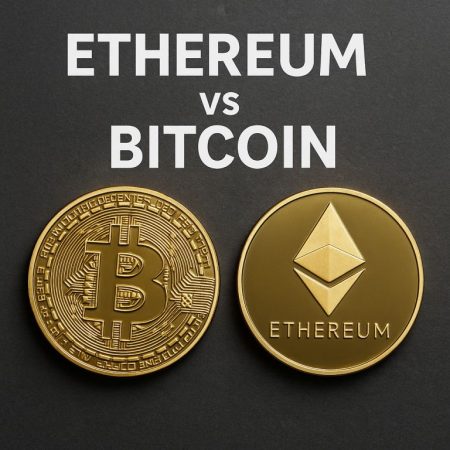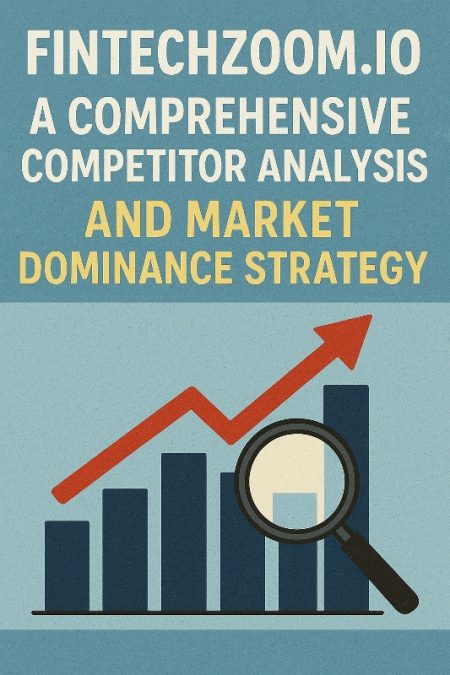Stablecoins are cryptocurrencies that have a stable value because their value is tied to traditional currencies (such as the dollar or euro) or commodity assets (such as oil or gold). Some of them are really quite stable, and some of them fail to justify their membership in this class.
The role of stablecoins in the economy
Stablecoins play an important role in the cryptocurrency market. Investors can store their funds in these tokens while minimizing the impact of price fluctuations. This is especially useful during periods of significant market changes. At such times, it is not always profitable to convert cryptocurrency into fiat money due to high fees and possible taxes. Therefore, many investors view stablecoins as a convenient tool for preserving their cryptocurrency assets during difficult times. As the crypto space evolves, the integration of stablecoins in dual asset investment models offers a unique approach to hedging against market volatility, providing a safer haven for investors during turbulent market conditions.
Stablecoins serve as a link between traditional markets and the world of the crypto industry. To some extent, the same is true in relation to the disparate ecosystems of different blockchains. To use the technical base of the Ethereum and Tron blockchains, it is enough to swap USDT-ERС20 to TRC20. This is much more convenient and reliable than exchanging native tokens for each other.
Digital analogues of world fiat currencies are an excellent means for fast and inexpensive international money transfers. This makes it possible to optimize global business processes.
Blockchain’s humanitarian mission
Meanwhile, the stablecoin market has its share of surprises. There are many projects in this area, among which you can find both reliable and risky ones. In addition to USDT, a good example of a reliable asset is the stablecoin USD Coin (USDC). Its value is securely pegged to the US dollar in a 1:1 ratio.
Such stability inspires trust on the part of serious organizations. For example, in 2022, the United Nations High Commissioner for Refugees (UNHCR) used USD Coin (USDC) to send financial aid to Ukrainian refugees.
According to Corey Ten, President of Global Policy at Circle, this was an amazing use of blockchain and USDC. People in need of financial support could receive it anywhere in the world where there was access to the Internet. It was possible to manage money through a smartphone. The funds received could be transferred to a bank account, use the telegram bot for swapping crypto for the currency of the host country and spend the money on paying rent, buying groceries, medicines, etc.
What will the regulation of stablecoins bring to the world?
However, things are not simple with stablecoins. Also in 2022, the market was shaken by the crushing collapse of TerraUSD, a stablecoin based on the Terra blockchain. It has finally become clear that this market segment is in dire need of regulation. Transparent rules in the stablecoin market will help solve four key problems:
- The global financial system needs stability. Stablecoins, which are cryptocurrencies linked to traditional assets such as fiat currencies or commodities, can have a significant impact on financial stability. Regulation helps reduce the risks associated with the volatility and unpredictability of stablecoins, which contributes to a more resilient and reliable financial system.
- Cryptocurrency regulation protects the interests of consumers by ensuring transparency and accountability for the reserves that support stablecoins. It also improves the security and stability of payment systems associated with these cryptocurrencies.
- Legislation effectively combats financial crimes. Stablecoins can be used for illegal purposes, including money laundering and terrorist financing. Regulation helps prevent such criminal activities by verifying identities and enforcing the law, giving law enforcement agencies greater ability to combat criminals.
- Regulation helps ensure system stability. If stablecoins become a significant part of the financial system, insufficient regulation could create systemic risks such as liquidity problems and the concentration of risks in the hands of a small number of participants. Regulation helps to prevent them in a timely manner.






